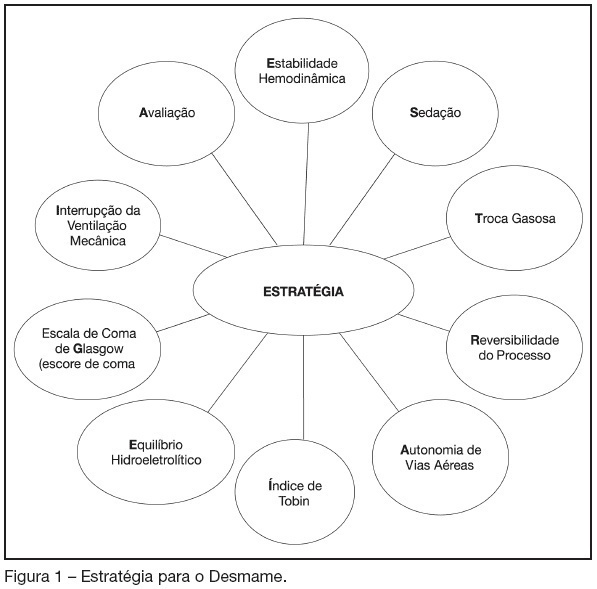Abstract
Rev Bras Ter Intensiva. 2009;21(3):276-282
DOI 10.1590/S0103-507X2009000300007
OBJECTIVE: The understanding of adverse events may simplify the inquiry regarding the quality of nursing care, presuming a foregrounding role in evaluating health services. The aim of the study was to identify adverse events in nursing care in an intensive care unit. METHODS: Data were collected using an appropriate form known as problem-oriented record (POR) over a 10-month period; patients were monitored throughout their intensive care unit stay. RESULTS: Over the study period, 550 adverse events were recorded as follows: 26 concerned the "five rights" related to drug administration; 23 to non-administered medication; 181 to inappropriate medication records; 28 to failure in infusion pump assembly; 17 to not performed inhalation; 8 to incorrect handling of needles and syringes; 53 to not performed nursing procedures; 46 to incorrect handling of therapeutic and diagnostic devices; 37 to alarms/warnings of devices used incorrectly; and 131 to failure in data recording by nurses. CONCLUSION: The occurrence of adverse events in the care given to patients by the nursing team are significant indicators that disclose the quality of nursing care. Therefore, these events should be analyzed to support in-service training of the nursing staff.
Abstract
Rev Bras Ter Intensiva. 2007;19(1):107-112
DOI 10.1590/S0103-507X2007000100014
BACKGROUND AND OBJECTIVES: Weaning patients from mechanical ventilation is still a challenge in Intensive Care Units (ICU) and is related to complications and mortality. Daily rounds at the bedside, which are part of good care, can identify patients able to undergo to spontaneous breathing trials. The authors suggest one mnemonic technique with the term "ESTRATEGIA" (strategy) considering some key aspects, as a checklist, which can be applied by any person of the multidisciplinary team, during the bedside rounds, in order to shorten the weaning time. CONTENTS: To introduce the word Strategy as a mnemonic method based on the studies related to weaning from mechanical ventilation and its applicability as a checklist in any intensive care unit by the multidisciplinary team where each letter reminds some key aspects related to the subject. CONCLUSIONS: The applicability of a mnemonic mechanism as a checklist for weaning patients from mechanical ventilation easily practiced during the daily round to identify those who are able to undergo to spontaneous breathing trials.
